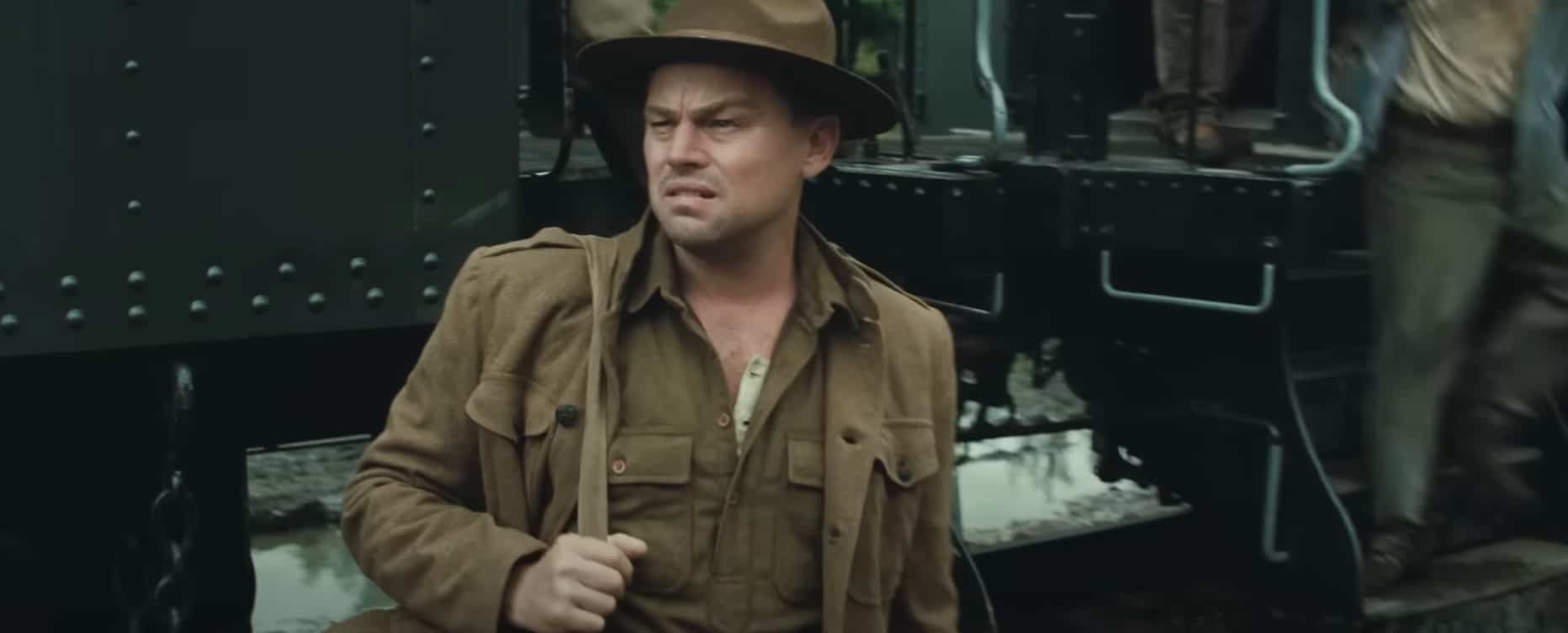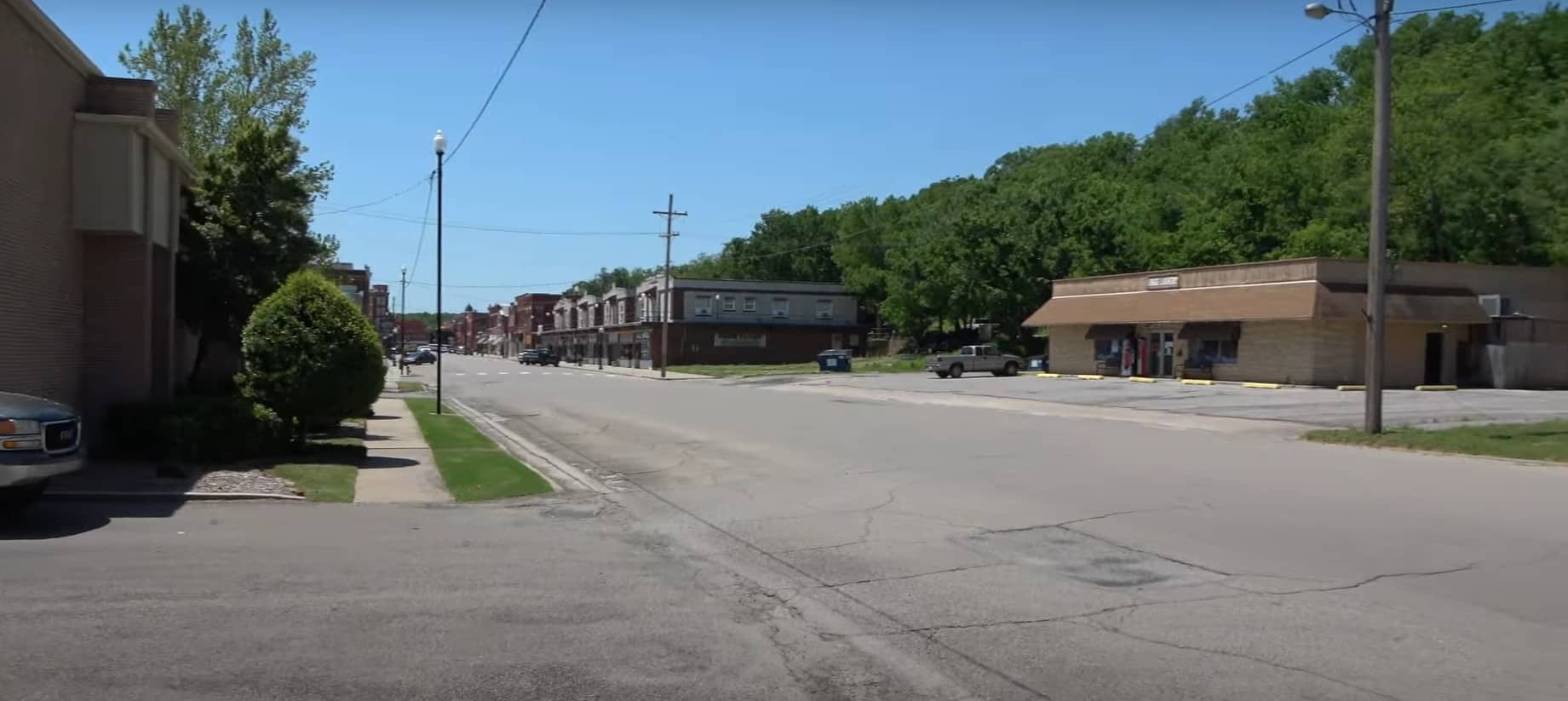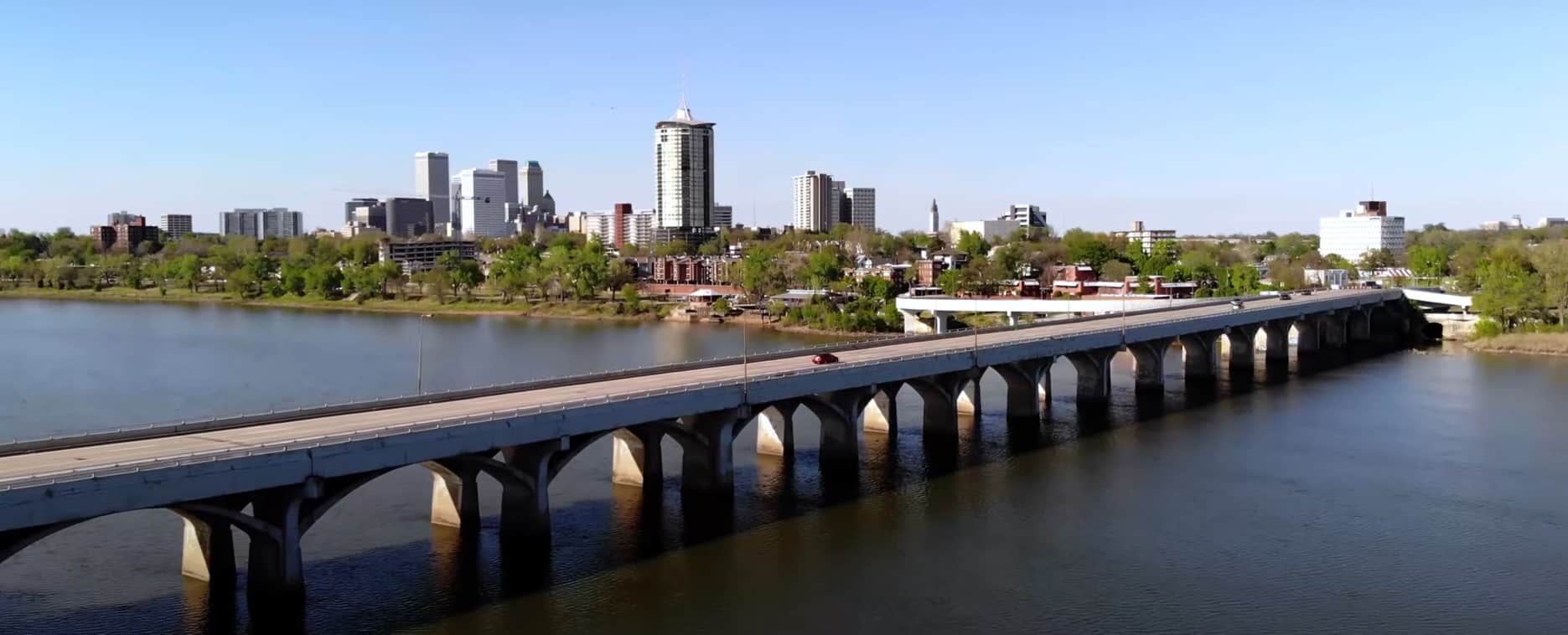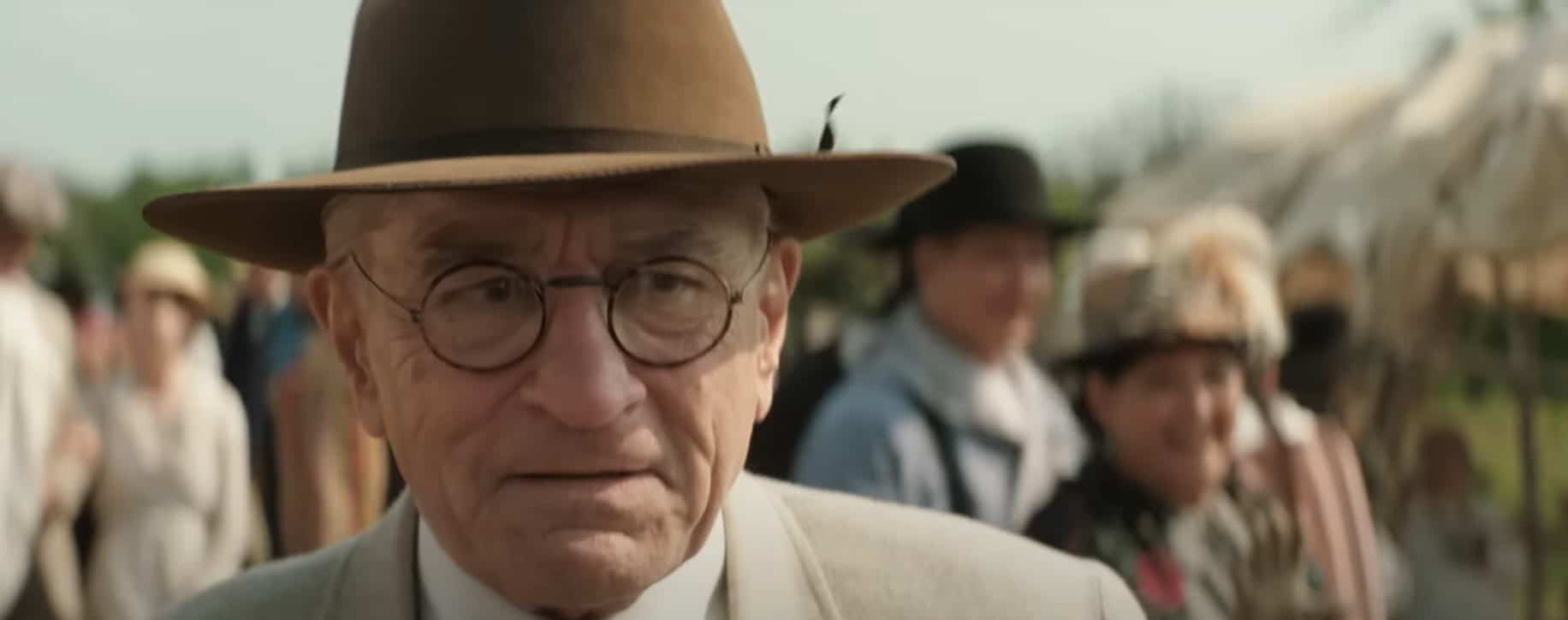Martin Scorsese’s latest film, in collaboration with Paramount Pictures and Apple starring Robert DeNiro and Leonardo DiCaprio, is titled “Killers of the Flower Moon”. It’s based upon the true story of a series of murders that took place in the 1920s. The victims were some native americans of the Osage nation.
The film is an adaptation of a book penned by David Grann and will mark the sixth collaboration between DiCaprio and Scorsese. And today, we’re going to take a look at the filming locations for this film, which marks the second movie of Academy Award-winner Martin Scorsese into streaming platforms after his work with Netflix in The Irishman.
Killers of The Flower Moon Filming Locations
This film project had its origins as far back as 2016 when a company acquired the rights to adapt David Grann’s captivating book into a cinematic masterpiece. However, the road to fruition encountered a few obstacles along the way, from negotiations with different production companies to the unforeseen challenges posed by the global Covid-19 pandemic.

Yet, fortune smiled upon those involved in bringing this vision to life when the legendary filmmaker Martin Scorsese joined the project. Building on his acclaimed collaboration with Netflix on “The Irishman,” Scorsese caught the attention of Apple TV+, who eagerly approached him to steer the film toward realization. With the support of Paramount Pictures, the cameras rolled in the picturesque landscapes of Osage and Washington Counties in Oklahoma, capturing the essence of the story.
The production boasted an impressive budget of $200 million, ensuring no compromise was made when it came to delivering an immersive and visually stunning film experience.
This delightful convergence of talent, determination, and resources has set the stage for a highly anticipated cinematic masterpiece that promises to transport audiences into an unforgettable journey of emotion, intrigue, and revelation.
Osage County
Osage County, located in the heart of Oklahoma, is an intriguing and captivating setting that serves as the backdrop for a suspenseful drama. Nestled within this county, a small town becomes the center of attention as a series of heinous murders unfold, unraveling a gripping tale of mystery and intrigue.
Rich in history and Native American heritage, Osage County owes its name to the renowned Osage tribe, whose cultural legacy adds depth and significance to the region.
With its vast landscapes and cultural significance, it comes as no surprise that Osage County has inspired numerous films and literary works, including the critically acclaimed “August: Osage County” penned by Tracy Letts.

Also Read: Who Is Eden Polani? The Teen Model Spotted With Leonardo DiCaprio
Pawhuska, Oklahoma
Pawhuska, Oklahoma, is the county seat of Osage County and a city with a rich history. Founded in 1872, Pawhuska was originally an Osage Indian village before white settlers began to move into the area.
The city served as a trading post for many years and was an important source of supplies for local ranchers. In 1907, the discovery of oil in the area made it one of the state’s wealthiest towns.
As a result, Pawhuska saw tremendous growth during this period; its population grew from 582 in 1900 to over 6,500 by 1910. Today Pawhuska is known as “The Capital of the Osage Nation” and remains an important spot for those interested in Oklahoma’s history and culture.

Tulsa, Oklahoma
Tulsa, Oklahoma, is a city with much history and potential for filmmaking. The city was founded in 1836 as part of the Creek Nation and has since grown to become an important commercial and cultural center in the region.
Over the years, Tulsa has been home to numerous notable films ranging from the classic westerns of John Wayne to modern-day dramas like August: Osage County.

Tulsa’s Modern Life
As Tulsa continues to evolve, its potential as a film destination is becoming increasingly apparent. With its diverse population, vibrant culture, and stunning natural landscapes, Tulsa is an ideal location for filmmakers looking to create memorable stories.
From its iconic skyline to its unique locales, such as Gathering Place and Philbrook Museum of Art, filmmakers have access to a variety of locations that could be used to tell their stories. With these resources available, Tulsa’s growing film industry adds an exciting new dimension to the region’s already impressive history.
Also Read: 12 Vintage Anime To Watch in 2023




